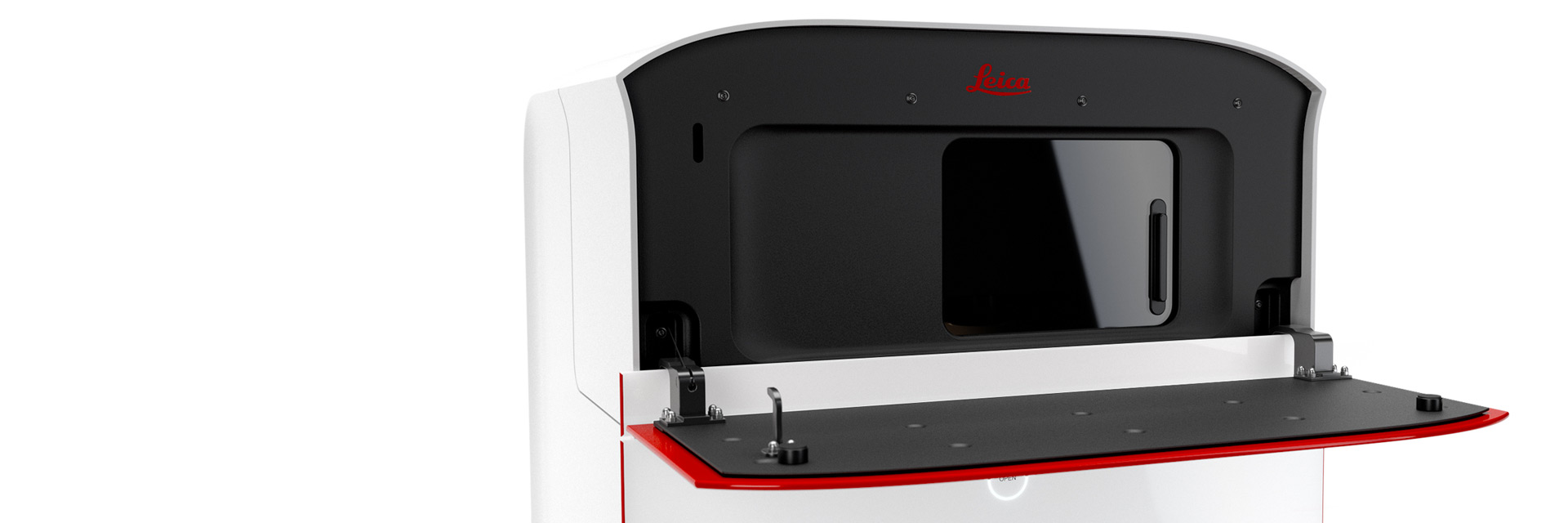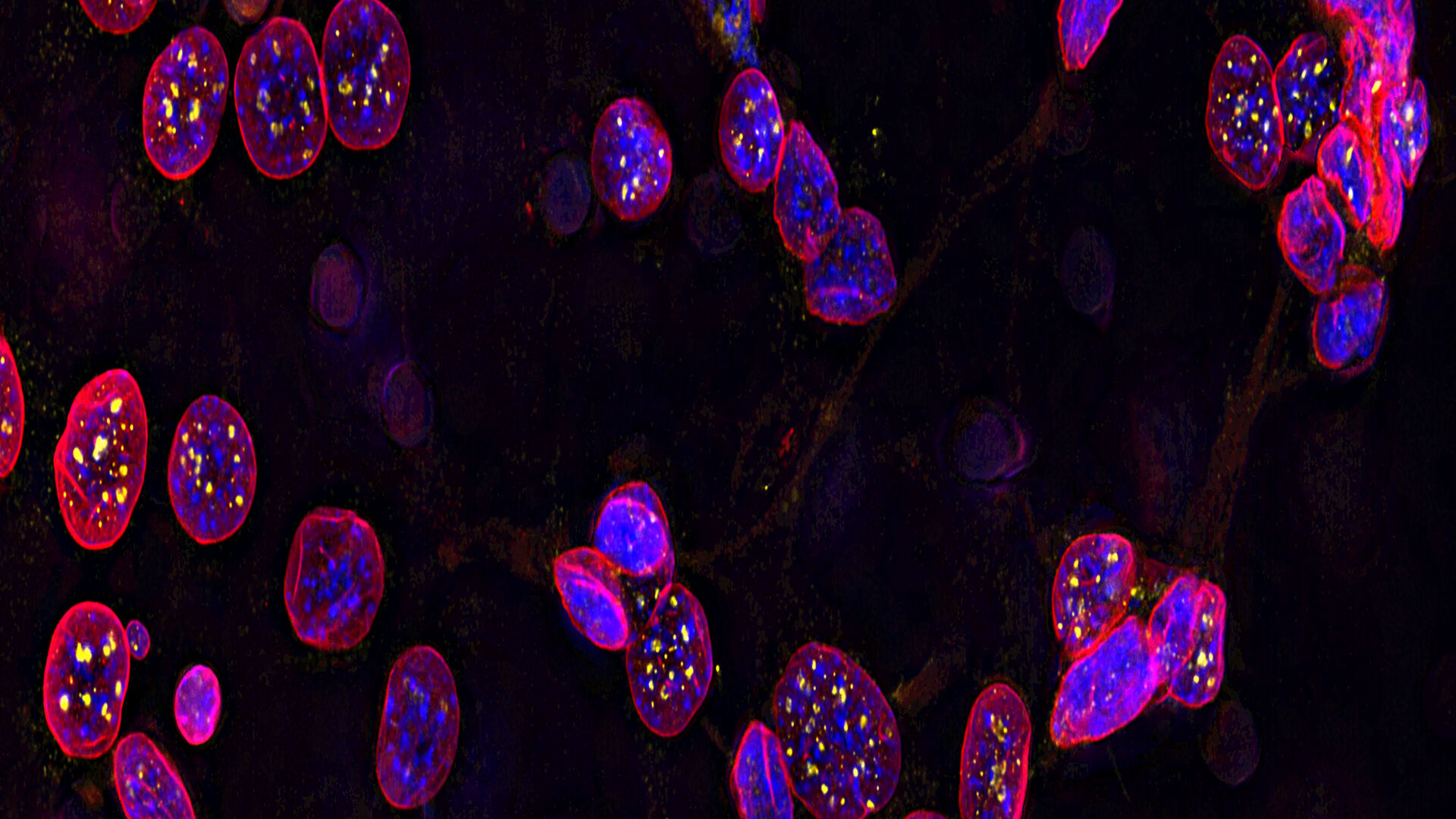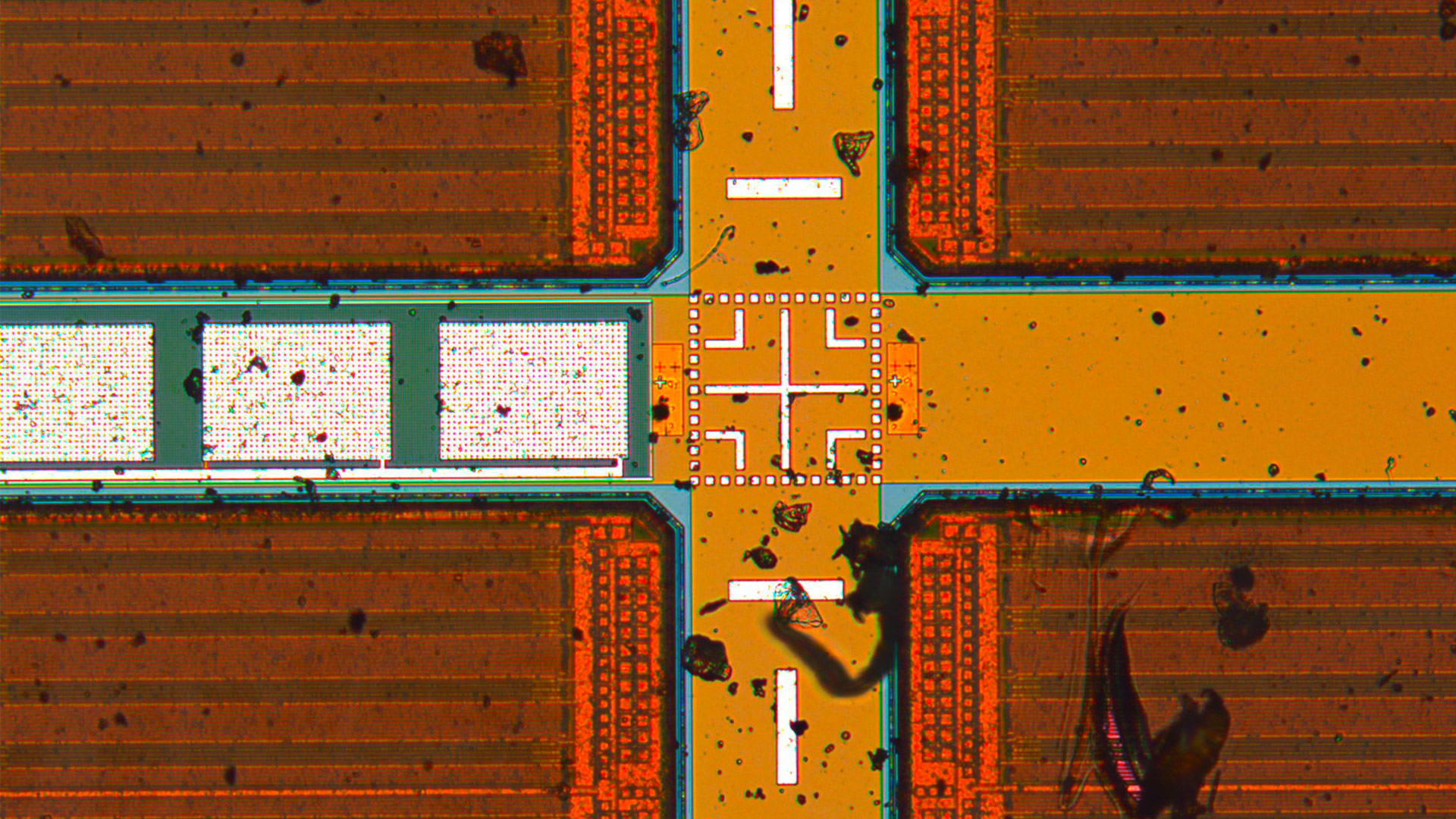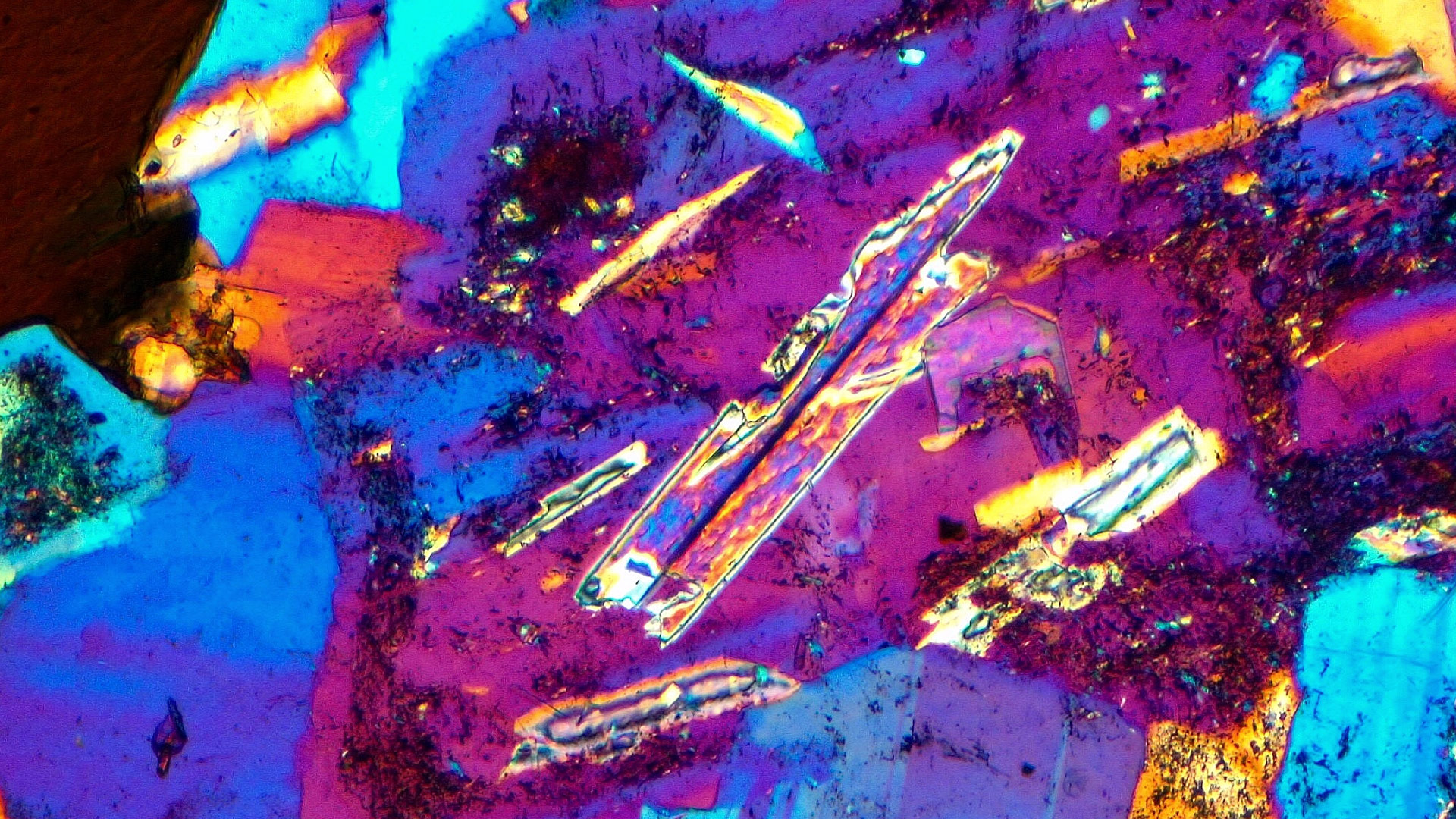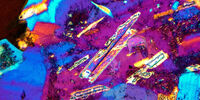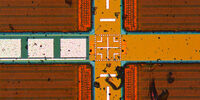
Compound Light Microscopes
Compound Light Microscopes
Products Show subnavigation

Mica
Mica - The world’s first Microhub. Everything you need to enable discoveries, unified in one easy-to-use system. Simultaneous 4-color widefield, confocal resolution, AI supported analysis.
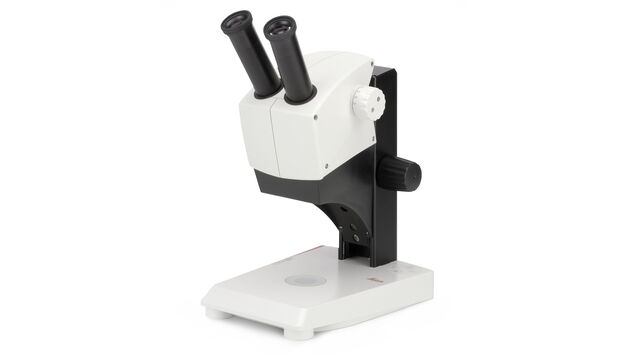
EZ4
Stereo microscope for beginners in college and university education with 8x to 35x magnification and 7-way LED illumination

STELLARIS Cryo
STELLARIS Cryo is a confocal light microscope system that helps you to target your area of interest for cryo-electron tomography (CryoET)

Leica EZ4 W & EZ4 E
Stereo microscope for college and university education with 8x to 35x magnification, 7-way LED illumination, and integrated camera

MZ10 F
Modular stereomicroscope for fluorescent imaging
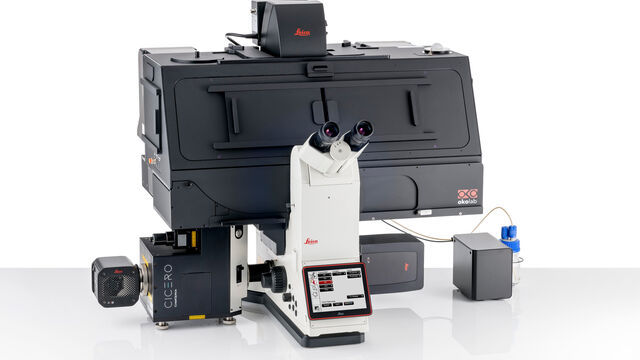
THUNDER Imager Cell Spinning Disk
Discover the power of combining THUNDER technology with the CrestOptics CICERO spinning disk.

A60 F & A60 S
Industrial Stereo Microscopes for Electronics and Medical Device Manufacturing
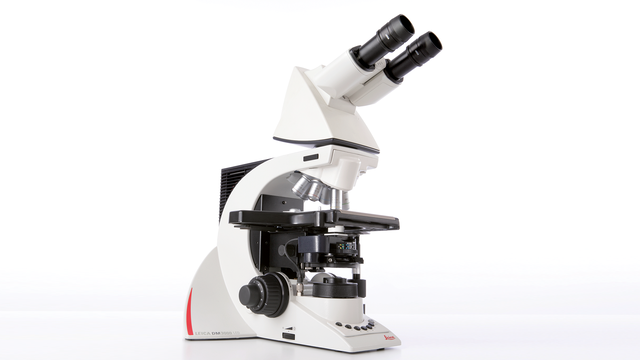
Leica DM3000 & DM3000 LED
Uniquely Ergonomic System Microscopes With Intelligent Automation
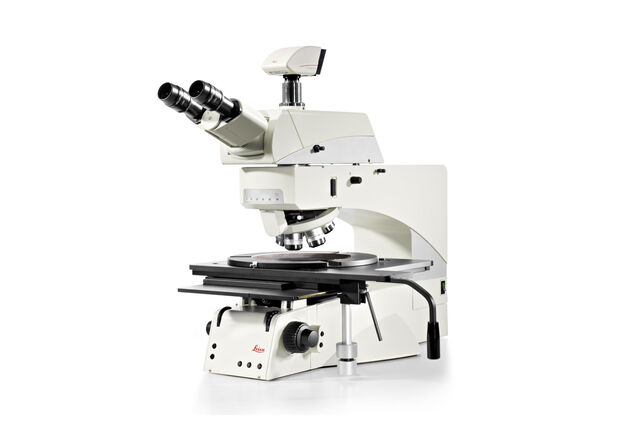
DM12000 M
Precision 12" Inspection & Review System

DM8000 M
High Throughput 8" Inspection & Review System
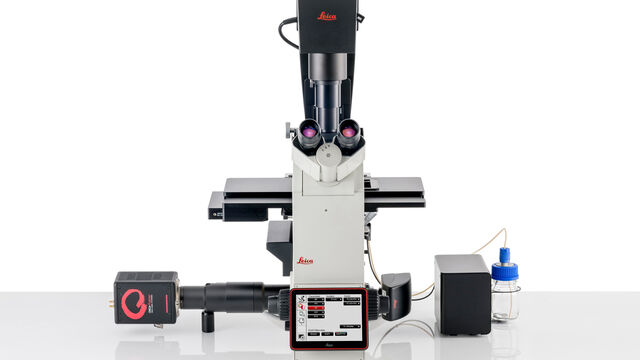
DMi8
DMi8 inverted microscope platform enables you to generate high quality data with solutions tailored to your research requirements and budget.
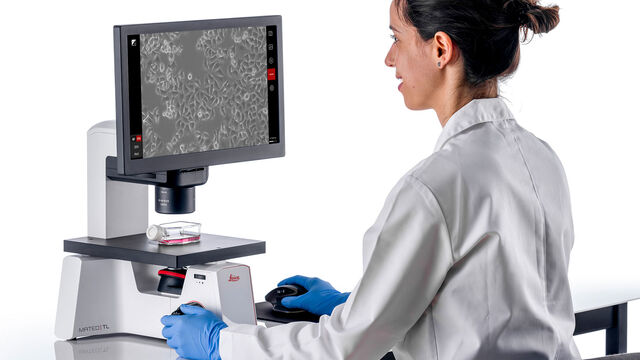
Mateo TL
Digital transmitted light microscope for easy routine cell check and consistent confluency evaluation
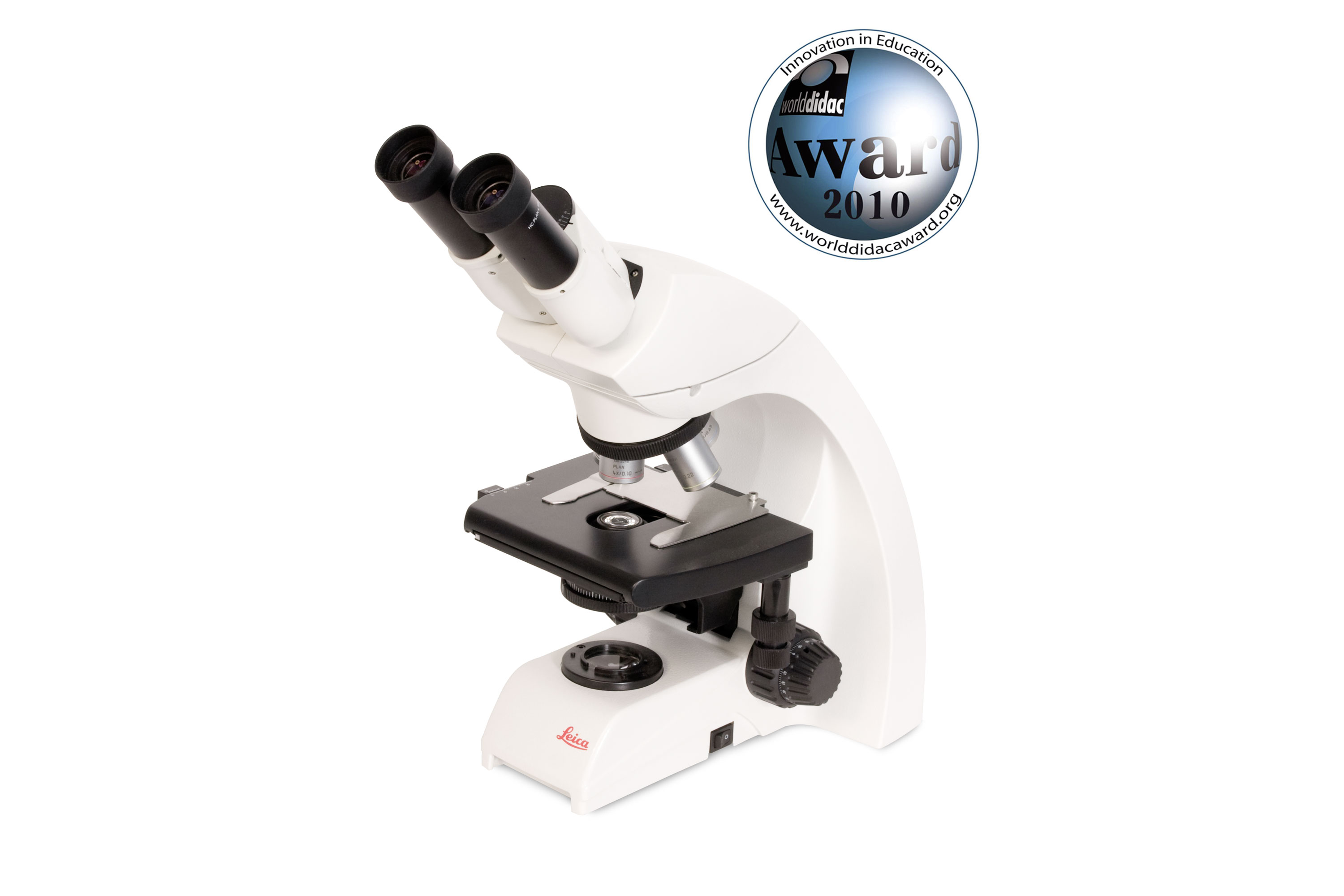
DM500
Binocular educational microscope for life science students with 4 infinity-corrected plan-achromat objectives and fluorescence capability
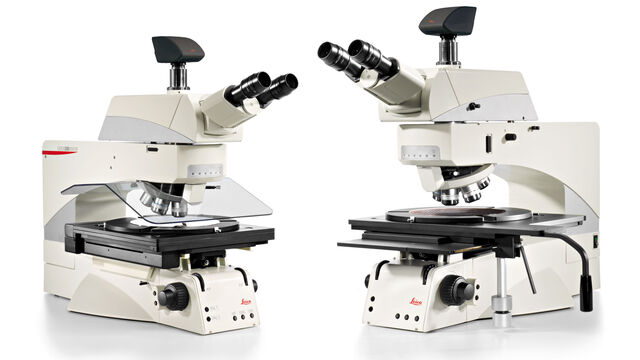
DM8000 M & DM12000 M
Detect defects and carry out sample overviews quickly with the reliable DM8000 M & DM12000 M inspection microscopes.
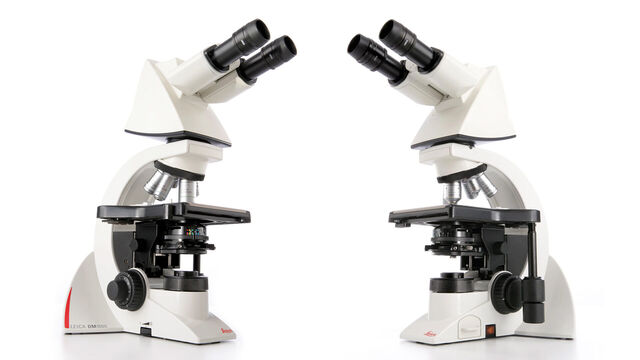
DM1000
Uniquely Ergonomic System Microscope
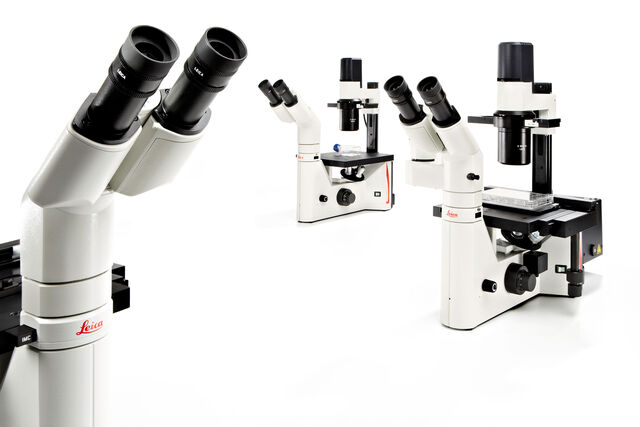
DM IL LED
Inverted Laboratory Microscope with LED Illumination

Mateo
Integrated inverted digital microscopes for cell culture research with AI-assisted workflows for consistent cell culture analysis.

DM6 FS
Fixed Stage Microscope for Electrophysiology and in vivo Imaging
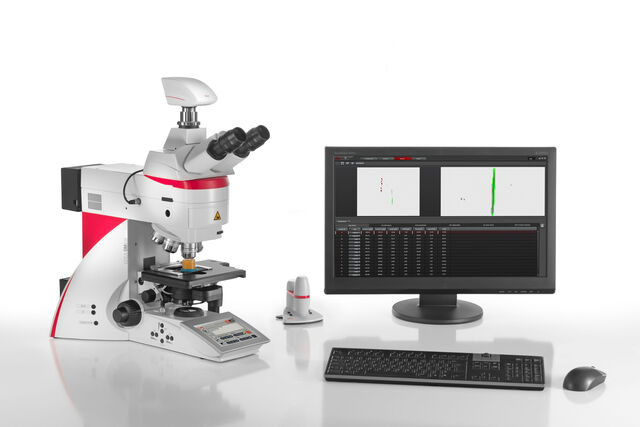
LAS X Steel Expert
Steel Analysis Software

Ivesta 3
Greenough Stereo Microscopes. Optimize visual inspection and rework while achieving reliable, consistent results.

Cell DIVE
Multiplex imaging solution Cell DIVE offers crystal-clear whole tissue images, the visualization of 60+ biomarkers and over 350 validated antibodies.

THUNDER Imager Model Organism
The THUNDER Imager Model Organism allows fast and easy 3D exploration of whole organisms for developmental or molecular biology research.

M125 C & M205 C
Encoded stereo microscopes
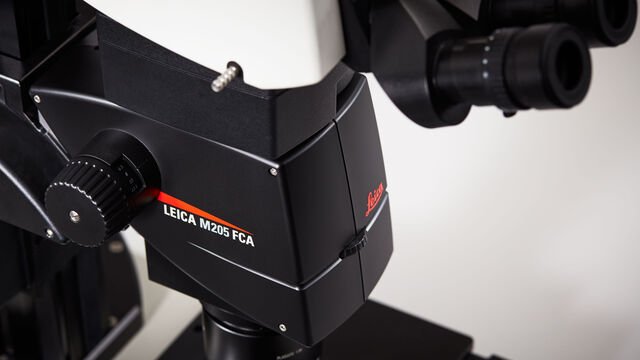
Leica M205 FCA & Leica M205 FA
(Semi)-automated fluorescence stereo microscopes
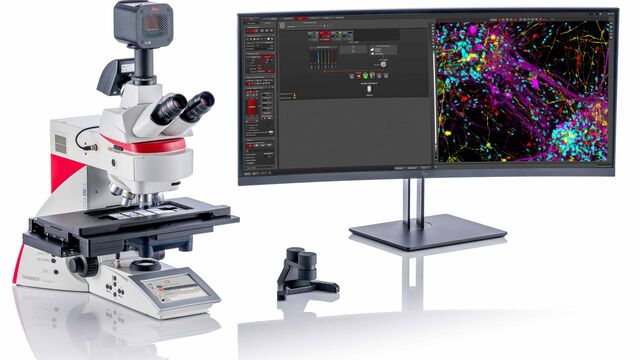
THUNDER Imager Tissue
The THUNDER Imager Tissue allows real-time fluorescence imaging of 3D tissue sections typically used in neuroscience and histology research.
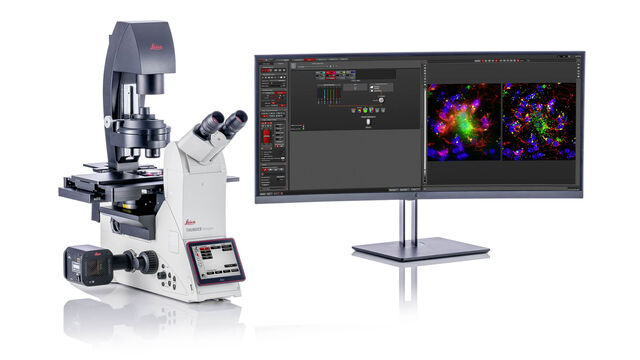
THUNDER Imager Live Cell & 3D Assay
THUNDER Imagers provide you with a solution for advanced 3D cell culture assays, whether you want to study stem cells, spheroids, or organoids.

DM6 M LIBS
LIBS Microscope Solution for Materials Analysis
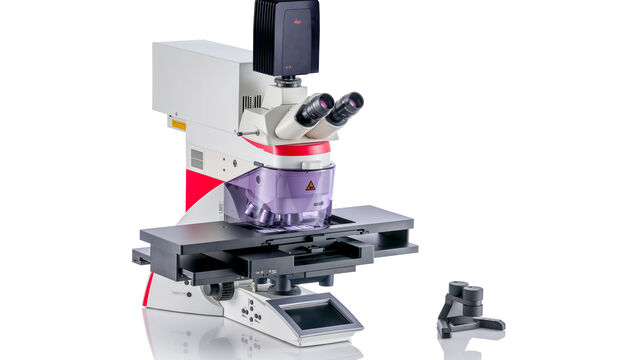
Leica LMD6 & LMD7
Laser Microdissection enables users to isolate specific single cells or entire areas of tissue.
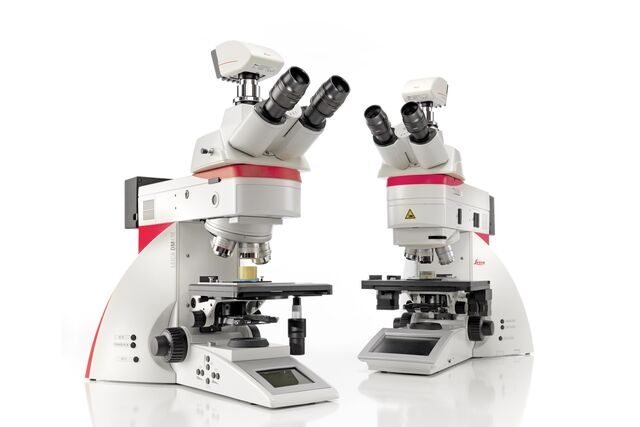
Leica DM4 M & DM6 M
Upright Materials Microscopes
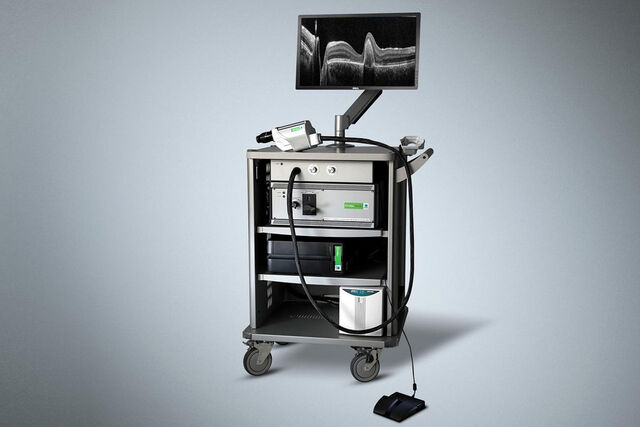
Envisu R-Class
Optical Coherence Tomography for Preclinical Researchers
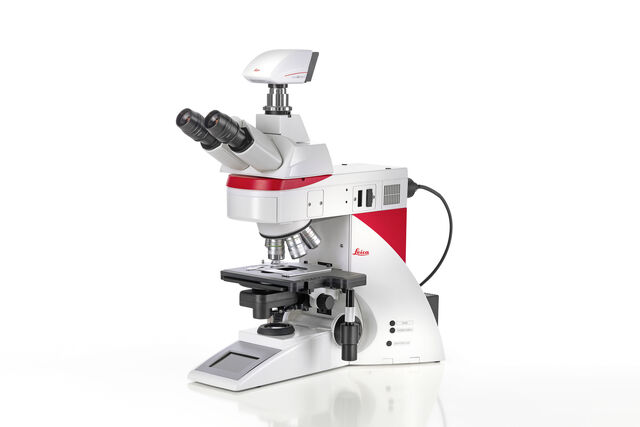
Leica DM4 B & DM6 B
Increase work efficiency with Leica DM4 B & DM6 B upright digital research microscopes.

DM4 P, DM2700 P & DM750 P
Upright Polarization Microscopes

Leica DMi8 M / C / A
Inverted Microscopes for Industry

DMi1
Entry level inverted microscope

DM2700 M
Upright Materials Microscope with Universal LED Illumination
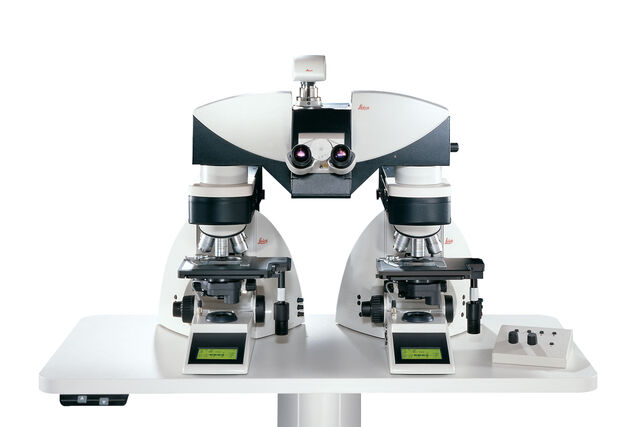
FS4000 LED
Forensic Comparison Microscope with LED Illumination
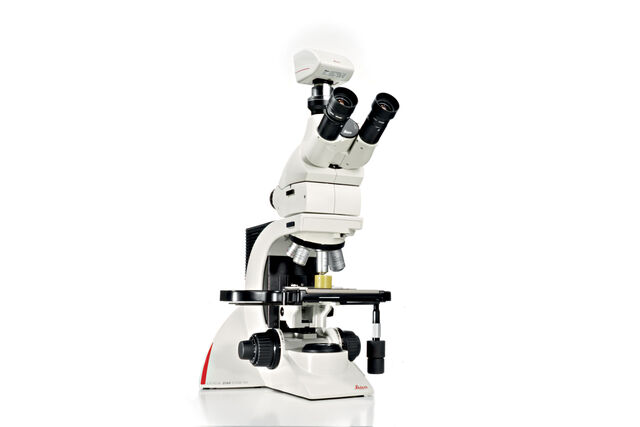
DM1750 M
Materials Analysis Microscope

DM750 M
Binocular materials microscope for education, basic metallography, and forensics education

M50, M60 & M80
Routine stereo microscopes
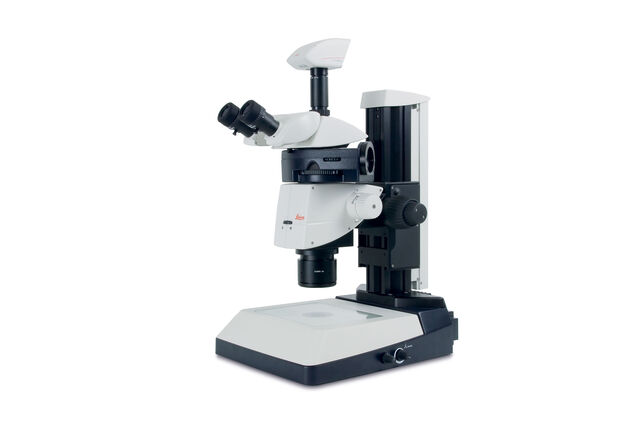
M165 FC
Fluorescent stereomicroscope
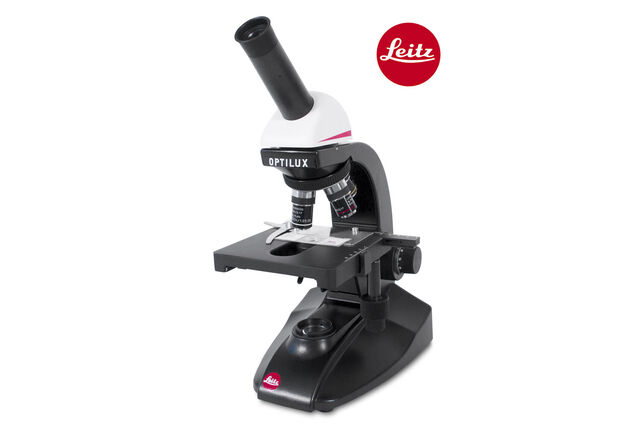
Leitz Optilux
View the Finest Details - Compound Microscope
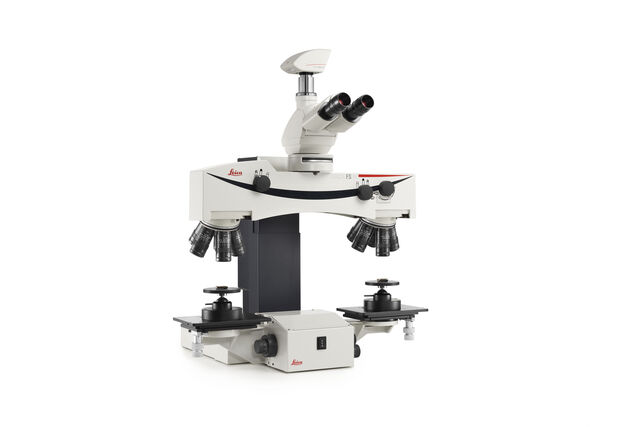
FS M
Manual Forensic Comparison Macroscope
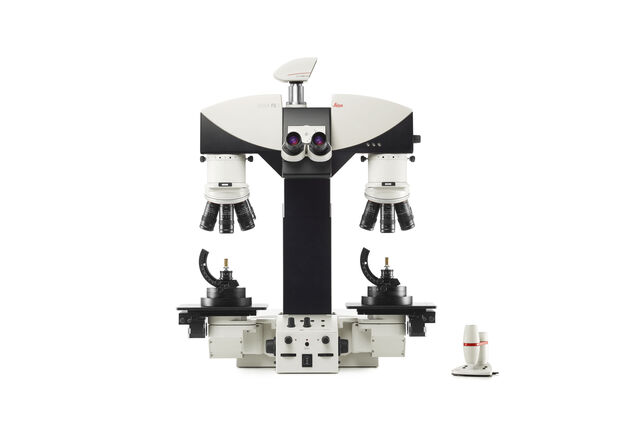
FS C & FS M
Comparison macroscopes for examination of forensic evidence
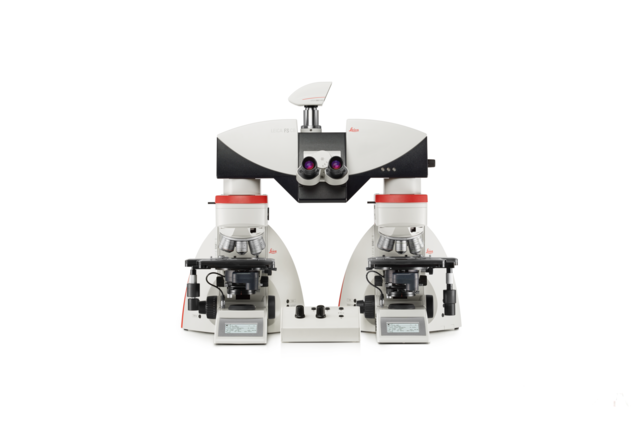
FS CB
Motorized Forensic Comparison Microscope
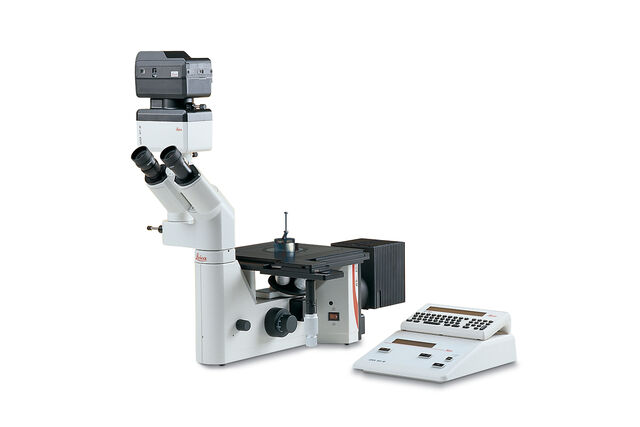
DM ILM
Inverted Microscope for Metallography and Industrial Materials Inspection
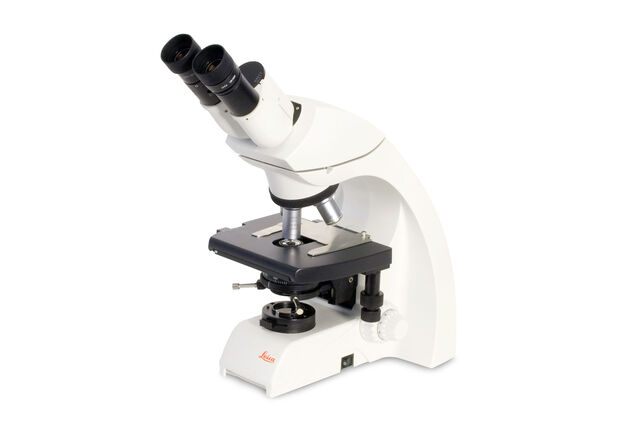
DM750
Binocular educational microscope for life science postdocs with 4 or 5 infinity-corrected or HI plan-achromat objectives and fluorescence capability
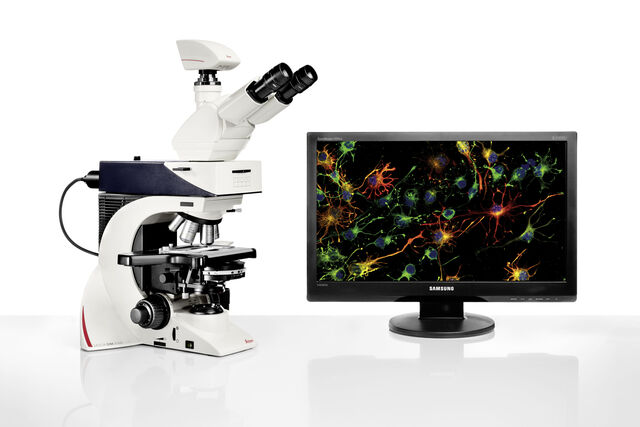
Leica DM2500 & DM2500 LED
Ergonomic optical microscope systems for routine and research applications
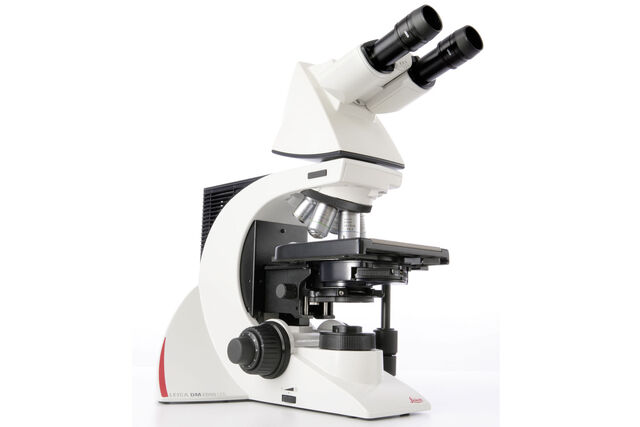
Leica DM2000 & DM2000 LED
Ergonomic System Microscopes for Complex Clinical Applications

DM1000 LED
Uniquely ergonomic system microscope with LED illumination

LAS X Widefield Systems
Fluorescence Microscope System for Advanced Imaging and Analysis
Leica Science Lab Show subnavigation
Read our latest articles about Light Microscopes
The knowledge portal of Leica Microsystems offers scientific research and teaching material on the subjects of microscopy. The content is designed to support beginners, experienced practitioners and scientists alike in their everyday work and experiments.

Rapid Semiconductor Inspection with Microscope Contrast Methods
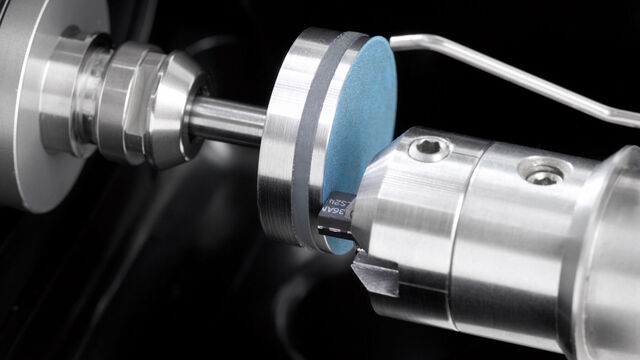
Cross-section Analysis for Electronics Manufacturing

Epi-Illumination Fluorescence and Reflection-Contrast Microscopy

ISO 9022 Standard Part 11 - Testing Microscopes with Severe Conditions
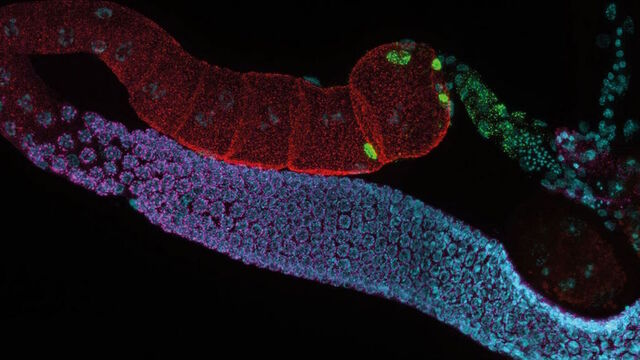
Life Science Research: Which Microscope Camera is Right for You?
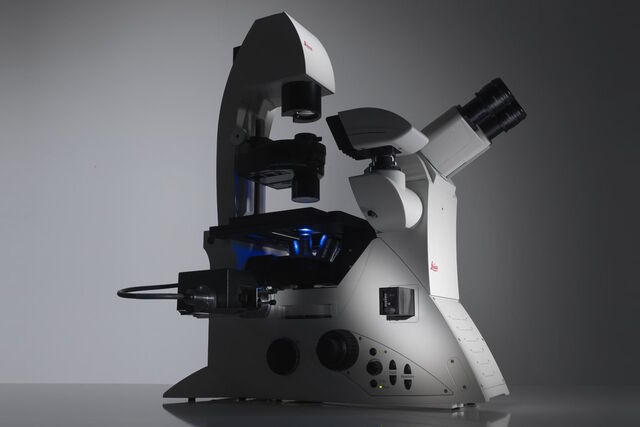
Factors to Consider When Selecting a Research Microscope

Challenges Faced When Manually Rating Non-Metallic Inclusions (NMIs) to Determine Steel Quality

Top Issues Related to Standards for Rating Non-Metallic Inclusions in Steel
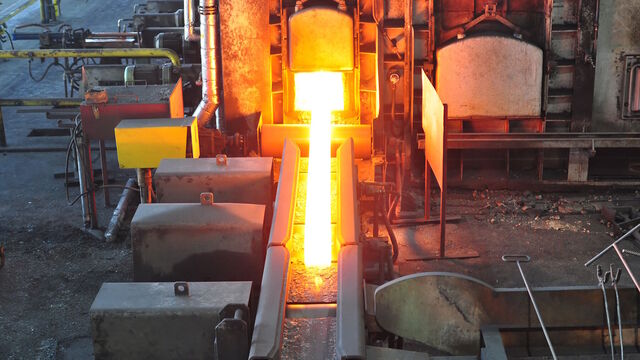
Analyzing Non-metallic Inclusions in Steel

Rate the Quality of Your Steel: Free Webinar and Report
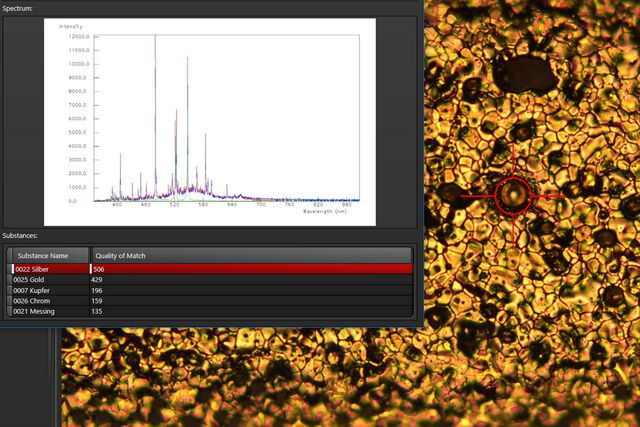
See the Structure with Microscopy - Know the Composition with Laser Spectroscopy
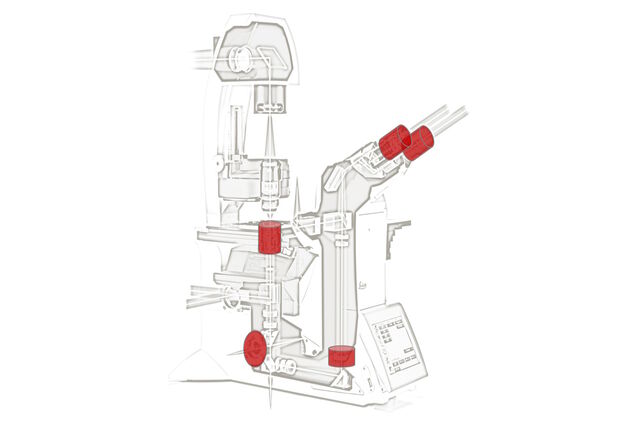
Optimization of the Interplay of Optical Components for Aberration Free Microscopy
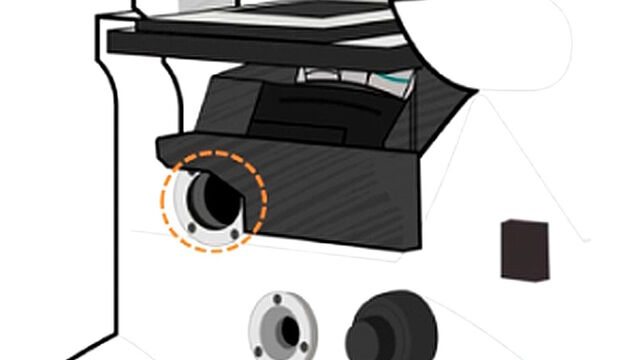
Infinity Optical Systems
Meet Mica
The world’s first Microhub
Mica enables microscopy access for all, removes the constraints of traditional four-color fluorescence imaging and radically simplifies workflows.
Light Microscopes 50
Mica
EZ4
STELLARIS Cryo
Cell Biology Research
Imaging solutions offered by Leica Microsystems are designed to maximize your cell biology research.
Follow us on Instagram
Frequently Asked Questions Light Microscopes
Leica microscopes are modular and shipped in the configuration that best fits your stated needs or application. In case your needs change later, you can always upgrade your workstation by adding available accessories.
Leica Microsystems offers the free Store & Recall software (available with the LAS X software platform for industry) which allows you to customize the microscope functions, adapting them to the requirements and needs of each individual user. The software also allows you to restore all system settings saved with the acquired image.
All our encoded microscope solutions offer calibration and image comparison. Furthermore, Leica Microsystems offers the free Store & Recall software which allows you to restore all system settings saved with the acquired image.
No, you don’t. By installing a FLEXACAM C1 camera, you can directly save the images on an IT network server or USB medium. You can also send the images via e-mail over your network without the need for a PC.
With the FLEXACAM C1 camera you can directly save images on an IT network server or USB medium. You can also send the images via e-mail without having to use a computer.
There are a lot of accessories. Please get in contact with your local Leica sales representative.
There are a lot of ergonomic accessories for Leica light microscopes. Please contact your local Leica sales representative for more details or visit: Ergonomic Accessories for Stereo Microscopes
LAS X software only runs with Windows, but for a MAC we have a dedicated software called Leica Acquire that you could download for free from the Apple store: https://apps.apple.com/it/app/leica-acquire/id733706983?mt=12
However, there is no software for Linux.
Yes, use of a 3rd party software is possible: https://www.splashtop.com/classroom
We have adapters for all C-mount compatible cameras.
The free AirLab software, compatible with iOS or ANDROID, allows the user to immediately share images, videos, and comments.
A compound microscope uses optics to produce a magnified image of a sample so that with details of it can be observed that are undetectable with the naked eye. The most basic optics of a compound microscope has at least 2 lenses: i) an objective placed nearby the sample which creates a magnified, real image of it and ii) eyepieces or oculars which are used to view the real image of the sample. A human who looks through the eyepieces sees the sample as a virtual image on his/her retina. For more information, please refer to the Science Lab article: Optical Microscopes – Some Basics
The maximum useful magnification value achieved with any type of light microscope depends on its ultimate resolving power or maximal resolution. The resolution depends on the microscope objective lens numerical aperture (NA). At low magnification values, the NA is small leading to a low resolution. At high magnification values, the NA is high yielding a high resolution. However, because the NA has a finite maximum value, approximately 1.3, the “useful” range of magnification is limited to about 1,800x for conventional light microscopes. Magnification beyond the useful range, which can occur whenever digital microscope cameras display images on large monitors, is called "empty” magnification. In this non-useful magnification range, the sample structures appear larger, but no additional details are resolved. For more information, please refer to the Science Lab articles: Beware of "Empty" Magnification, What Does 30,000:1 Magnification Really Mean?








